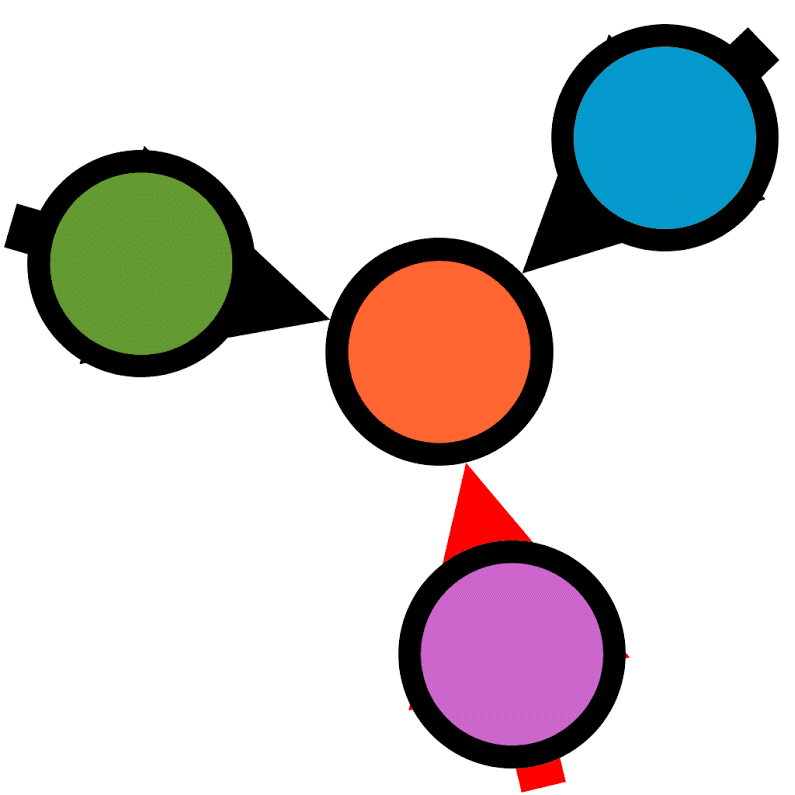Applied Category Theory at NIST
Posted by John Baez
I think it’s really cool how applied category theory is catching on. My former student Blake Pollard is working at the National Institute of Standards and Technology on applications of category theory to electrical engineering. He’s working with Spencer Breiner… and now Breiner is running a workshop on this stuff:
• Applied Category Theory: Bridging Theory & Practice, March 15–16, 2018, NIST, Gaithersburg, Maryland, USA.
It’s by invitation only, but I can’t resist mentioning its existence. Here’s the idea:
What: The Information Technology Laboratory at NIST is pleased to announce a workshop on Applied Category Theory to be held at NIST’s Gaithersburg, Maryland campus on March 15 & 16, 2018. The meeting will focus on practical avenues for introducing methods from category theory into real-world applications, with an emphasis on examples rather than theorems.
Who: The workshop aims to bring together two distinct groups. First, category theorists interested in pursuing applications outside of the usual mathematical fields. Second, domain experts and research managers from industry, government, science and engineering who have in mind potential domain applications for categorical methods.
Intended Outcomes: A proposed landscape of potential CT applications and the infrastructure needed to realize them, together with a 5-10 year roadmap for developing the field of applied category theory. This should include perspectives from industry, academia and government as well as major milestones, potential funding sources, avenues for technology transfer and necessary improvements in tool support and methodology. Exploratory collaborations between category theorists and domain experts. We will ask that each group come prepared to meet the other side. Mathematicians should be prepared with concrete examples that demonstrate practical applications of CT in an intuitive way. Domain experts should bring to the table specific problems to which they can devote time and/or funding as well as some reasons about why they think CT might be relevant to this application.
Invited Speakers: John Baez (University of California at Riverside) and John Foley (Metron Scientific Solutions). Bob Coecke (University of Oxford). Dusko Pavlovic (University of Hawaii).
Some other likely participants include Chris Boner (Metron), Arquimedes Canedo (Siemens at Princeton), Stephane Dugowson (Supméca), William Edmonson (North Carolina A&T), Brendan Fong (MIT), Mark Fuge (University of Maryland), Jack Gray (Penumbra), Steve Huntsman (BAE Systems), Patrick Johnson (Dassault Systèmes), Al Jones (NIST), Cliff Joslyn (Pacific Northwest National Laboratory), Richard Malek (NSF), Tom Mifflin (Metron), Ira Monarch (Carnegie Mellon), John Paschkewitz (DARPA), Evan Patterson (Stanford), Blake Pollard (NIST), Emilie Purvine (Pacific Northwest National Laboratory), Mark Raugas (Pacific Northwest National Laboratory), Bill Regli (University of Maryland), Michael Robinson (American U.) Alberto Speranzon (Honeywell Aerospace), David Spivak (MIT), Eswaran Subrahmanian (Carnegie Mellon), Jamie Vicary (Birmingham and Oxford), and Ryan Wisnesky (Categorical Informatics).
A bunch of us will stay on into the weekend and talk some more. I hope we make a lot of progress — and I plan to let you know how it goes!
I’ll be giving a joint talk with John Foley about our work using operads to design networks. This work is part of the Complex Adaptive System Composition and Design Environment project.


Re: Applied Category Theory at NIST
Would it be possible to record the talks and post them online, or live stream them?
Just a non sequitur: My cousin Ian studies Bose-Einstein condensates at NIST at Gaithersburg, Maryland.
I also wanted to ask you, what is the meaning of the animated GIF at the top of the post?